Visitors interested in exploring the West of Ireland may want to explore the region's many walking trails, including four walks in County Roscommon that are part of a series of trails outlined in a brochure published by the county's tourism agency.
This news item and page contain affiliate links and I may earn compensation when you click on the links at no additional cost to you.
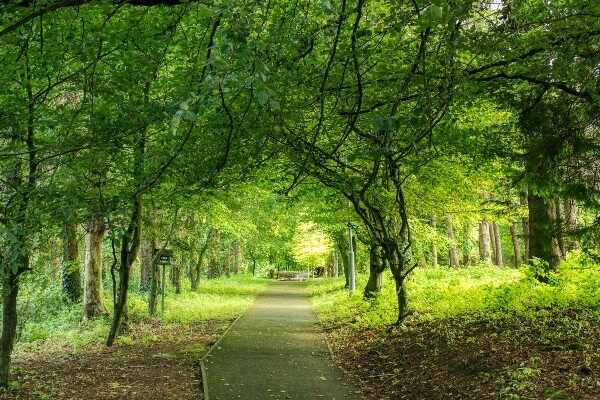
The publication contains detailed information, including maps, on 25 trails that are perfect for both walking and cycling.
Four walks in County Roscommon that are popular include the National Famine Way, the Monksland Way, the Lung Lough Gara Way, and the Loughnaneane Sculpture Trail.
The National Famine Way
Visitors to the area who want to learn more about the Great Famine will find an impressive amount of history at the National Famine Museum in Strokestown.
Nearby is The National Famine Way which recounts the steps of the 1,490 tenants who were forced to emigrate from their native Roscommon to Quebec in 1847.
The poor and hungry tenants were forced to walk 165 kilometers (102 miles) from the Strokestown Estate to Dublin, where they traveled onward to Liverpool and then boarded famine ships bound for North America.
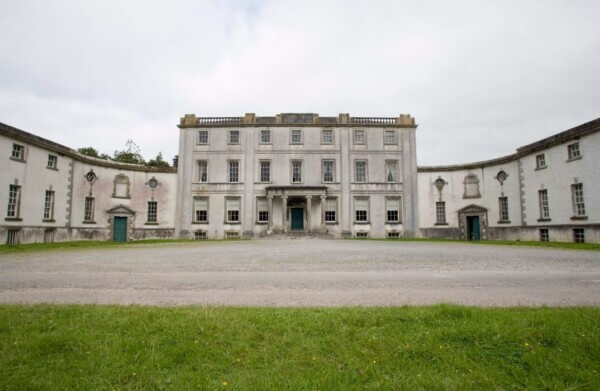
The Roscommon stretch of the trail begins in Strokestown and ends in Tarmonbarry, an 11-mile journey (18 kilometers).
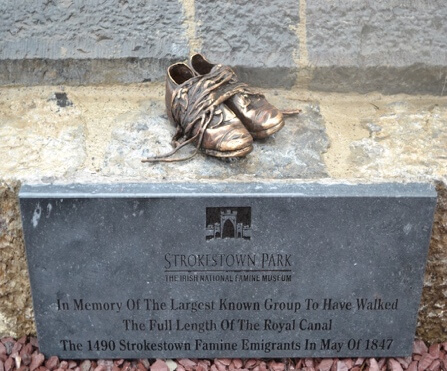
The route is waymarked by a number of bronze shoe sculptures.
The story of the tenants is told through the eyes of a 12-year-old boy, Daniel Tighe, who recounts the harrowing story of how his family was evicted from their home by the local landlord, Major Denis Mahon.
They, and neighboring families, were forced to leave with very few possessions in the hopes of having a better life abroad.
The Roscommon portion of the walk takes about 2 hours to complete.

The full walk takes about a week along a path that runs parallel to the Royal Canal in Counties Longford, Westmeath, Meath, and Kildare and finally into Dublin’s Custom Quay.

The commemorative trail, which was officially launched in 2019, ends at the Jeanie Johnston Tall Ship, a replica of the kind of famine ship used to transport the Irish to the New World.
The Monksland Way
The Monksland Way consists of three walks ranging in length from 3.7 kilometers to 6.9 kilometers (between 2 and 4 miles approximately).
Considered a suburb of Athlone in County Westmeath, Monksland is actually in Roscommon and has a rich cultural heritage.
The area has experienced growth in recent times, with additional housing, retail space, and a business park.
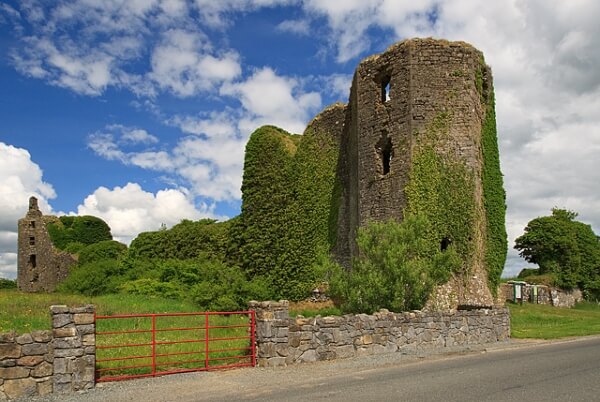
A number of heritage boards tell the story of how monks settled in the area.
One such monastic site known as the Athlone Priory is the only Cluniac monastic site in Ireland.
Historians believe there was a very early monastery here founded by the Cluny monks, a Benedictine order from France.
It is located on the Roscommon side of the River Shannon.
Compare Car Rental Rates in Ireland with Discover Cars
The Lung Lough Gara Way
This 57-kilometer (35-mile) trail begins in the Clonalis Woodland in Castlerea and forms part of the Beara-Breifne Way.
That walking and cycling trail follows the path that the Irish Chieftain Donal Cam O’Sullivan Beare and his 1,000 supporters took on their 14-day march across the country in 1603.
The official route begins on the Beara Peninsula and ends in the Cavan Burren.
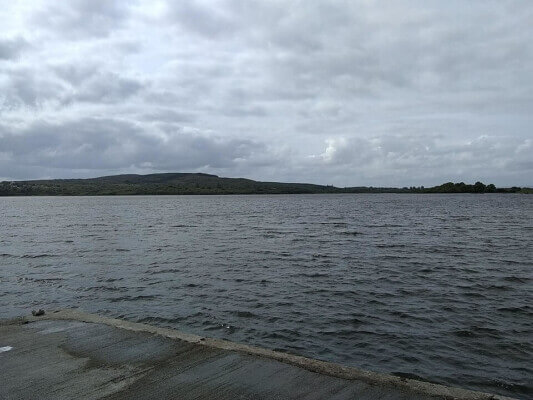
This walk is much shorter but gives visitors an idea of the kind of terrain that O'Sullivan Beare covered in his journey through Roscommon.
Quiet country roads and rolling pastures together with bogland are just some of the scenes that visitors will encounter.
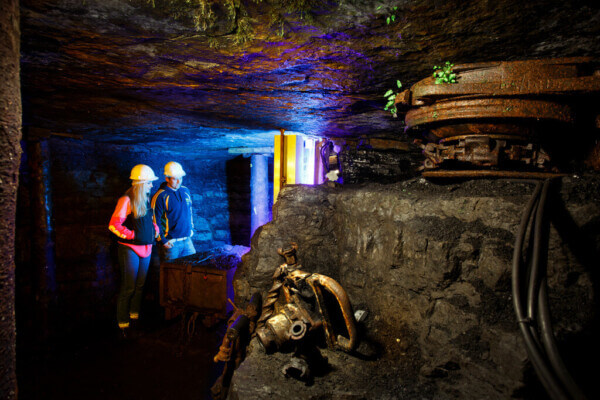
The route also links with the Miners Way & Historical Trail, a long-distance trail that follows the paths used by coal miners who worked at the local Arigna Mines, now a tourism attraction.
Things to see on The Lung Lough Gara Way include numerous Iron Age ringforts and crannogs (fortified dwellings usually found on lakes) on Lough Gara.
The remains of Moygara Castle is also on this trail.
Grab the Ireland on a Budget Free Activities List
Loughnaneane Sculpture Trail
Five wooden carvings depicting figures from Irish history and mythology make up an interesting sculpture trail in Loughnaneane Park located in Roscommon town.
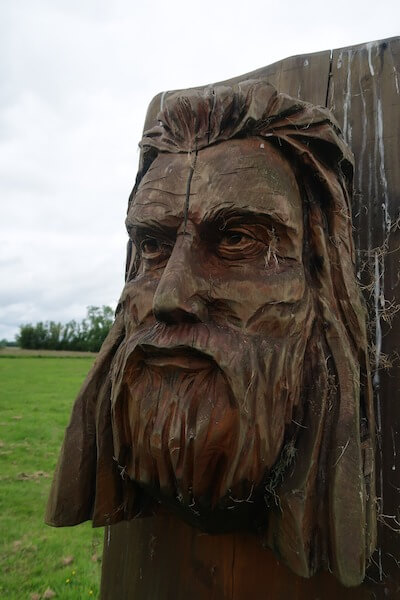
The sculptures depict the mythical hero Cuchulainn; Queen Maeve of Connaught, who is said to be buried upright on Knocknarea in County Sligo; Aedh, the God of the Underworld (pronounced Ee), and Felim O’Connor, who reigned as King of Connaught during the 13th century.
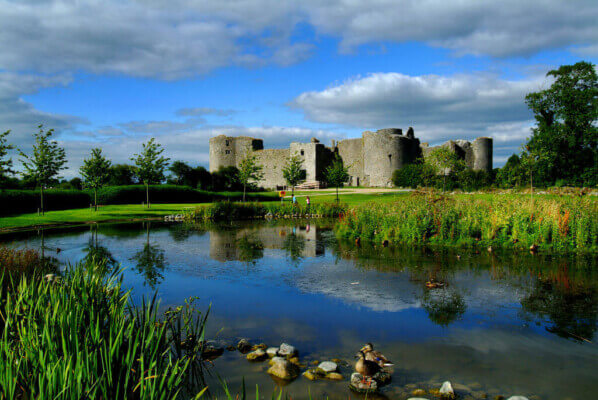
The 1-kilometer trail forms a network of paths in the 14-acre park, which also includes the ruins of Roscommon Castle, which was the seat of power for the kings of Connaught for two centuries.
Other popular routes cited in the publication include the Green Heartlands Cycle Route and the Boyle to Lough Key Cycleway.
Read More: Lough Key Forest Park Named Ireland's “Best Public Park”
